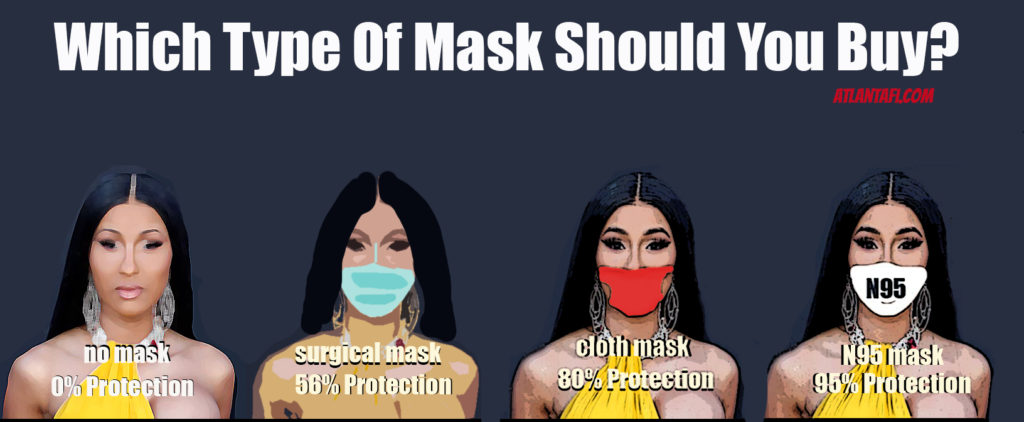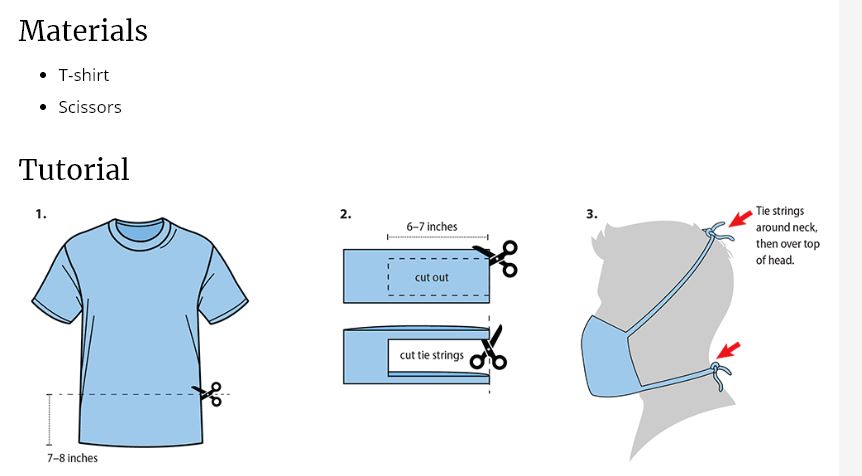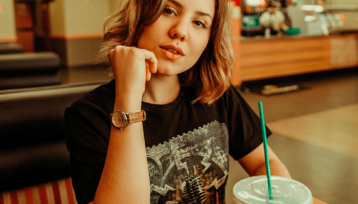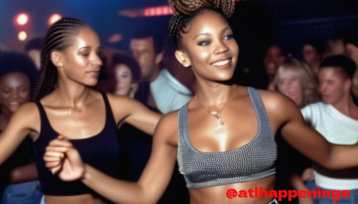With the continued spread of the coronavirus pandemic, public health officials are recommending that the American public wear respiratory masks.
This article is going to show you how to make a mask from how-to videos recommended by nurses, textile pros and manufacturing companies.
In This Article:
- How To Make A Mask in 4 Easy Steps
- How To Make A Face Cover: Materials & Tutorial
- Examples of Homemade Face Covers
Before we get started, let’s look explicitly at what the CDC recommends when it comes to cloth masks. In its guidance titled “Recommendations Regarding the Use of Cloth Face Coverings,” the agency says this:
In light of this new evidence [asymptomatic transmission], CDC recommends wearing cloth face coverings in public settings where other social distancing measures are difficult to maintain (e.g., grocery stores and pharmacies) especially in areas of significant community-based transmission.
The cloth face coverings recommended are not surgical masks or N-95 respirators. Those are critical supplies that must continue to be reserved for healthcare workers and other medical first responders, as recommended by current CDC guidance.
Now that we’ve brushed up on the guidance, here’s what to know about mask effectiveness. This graphic shows the effectiveness of a surgical, N95 and FFP (filter face piece) as it relates to contaminants.
Varsoy Healthcare Mask Regulation: Surgical, N95 And FFP1 Mask

Basically, what it’s showing is that not all masks are equally effective in protecting you from the novel coronavirus Sars-CoV-2 & Covid-19. Now let’s get into the scientific data to back it up:
- N95 Respirators: These are touted as providing 95% protection against viruses but maybe less, according to this study from the National Center for Biotechnology Information.
- Cloth Masks: The DIY nature of these means that not all cloth masks are created equal. However, a preliminary study published in ACS Nano by University of Chicago and Argonne National Laboratory researchers indicate that homemade face masks made out of a combination of tight cotton and silk or polyester-spandex chiffon is very effective in filtering out aerosols.
- Surgical Masks: Most used in a health care setting, these are made out of polypropylene and are 56% effective against viral droplets, according to research published in the British Medical Journal.
- No Mask: You’re on your own with this one. Hope you’re not a carrier.
How To Make A Mask In 4 Easy Steps
- Lay a piece of cloth on a table
- Fold it in a large rectangle no more than 18 inches long
- Wrap two rubberband on each end and position it about 3 inches in
- Fold the sides one time toward the middle
And that’s how you make a face covering!
The CDC has issued guidance on how to protect yourself from COVID-19 by wearing a face cover. Here is what you need to know:
How To Make A Face Cover
- fit snugly but comfortably against the side of the face
- be secured with ties or ear loops
- include multiple layers of fabric
- allow for breathing without restriction
- be able to be laundered and machine dried without damage or change to shape
The agency says when you remove a face covering, it’s important not to touch your hands, eyes or face.
You can easily wash a face covering in the washing machine, which is sufficient to kill any viruses or bacteria.
If you want to sew a face cover, here are the instructions:
Materials Needed To Sew A Face Covering
- Two 10”x6” rectangles of cotton fabric
- Two 6” pieces of elastic (or rubber bands, string, cloth strips, or hair ties)
- Needle and thread (or bobby pin)
- Scissors
- Sewing machine
Tutorial: How to Sew A Face Covering
1. Cut out two 10-by-6-inch rectangles of cotton fabric. Use tightly woven cotton, such as quilting fabric or cotton sheets

2. Fold over the long sides ¼ inch and hem. Then fold the double layer of fabric over ½ inch along the short sides and stitch down.

3. Run a 6-inch length of 1/8-inch wide elastic through the wider hem on each side of the mask. These will be the ear loops. Use a large needle or a bobby pin to thread it through. Tie the ends tight.
Don’t have elastic? Use hair ties or elastic head bands.

4. Gently pull on the elastic so that the knots are tucked inside the hem. Gather the sides of the mask on the elastic and adjust so the mask fits your face. Then securely stitch the elastic in place to keep it from slipping.

No-Sew Method: How To Make A Face Cover

No-Sew Method: Bandana Face Cover
Materials
- Bandana (or square cotton cloth approximately 20”x20”)
- Coffee filter
- Rubber bands (or hair ties)
- Scissors (if you are cutting your own cloth)
Tutorial

Examples: How To Make Homemade Face Covers
Many people are also sharing how to make homemade face covers. Journalist Soledad O’Brien asked her Twitter followers for mask ideas. Here are a few that seem to work for the basic needs:
NO SEW MASK! 😷💗😷💗 Please share with your friends ! pic.twitter.com/ThUh1lKfNt
— Constance Jones (@Constance8News) April 3, 2020
How To Make A Face Cover From Underwear
Just saw this on Instagram pic.twitter.com/QYJIZG7TMk
— Mr. Spock 🖖 (Commentary) (@SpockResists) April 2, 2020
How To Make A Face Mask Out Of A Shirt
Yo. Black Girl Magic! pic.twitter.com/UudsF1KZBf
— gregarious (@gryking) April 3, 2020
Do you have any mask ideas? Let us know in the comments!
Atlantafi.com is bringing you the latest on the coronavirus pandemic, which has the state of Georgia and the city of Atlanta under a state of emergency. More definitive advice on health, please visit CDC.gov. Here are some helpful links:
- ATLANTA CORONAVIRUS GUIDE: EVERYTHING YOU NEED TO KNOW
- How To Get Tested For COVID-19 In Atlanta
- Social Distancing Guide: How To Do It
- COVID-9 Protection: How To Make a Face And Face Covering
- Georgia Lockdown & Re-Opening: Everything You Need To Know




